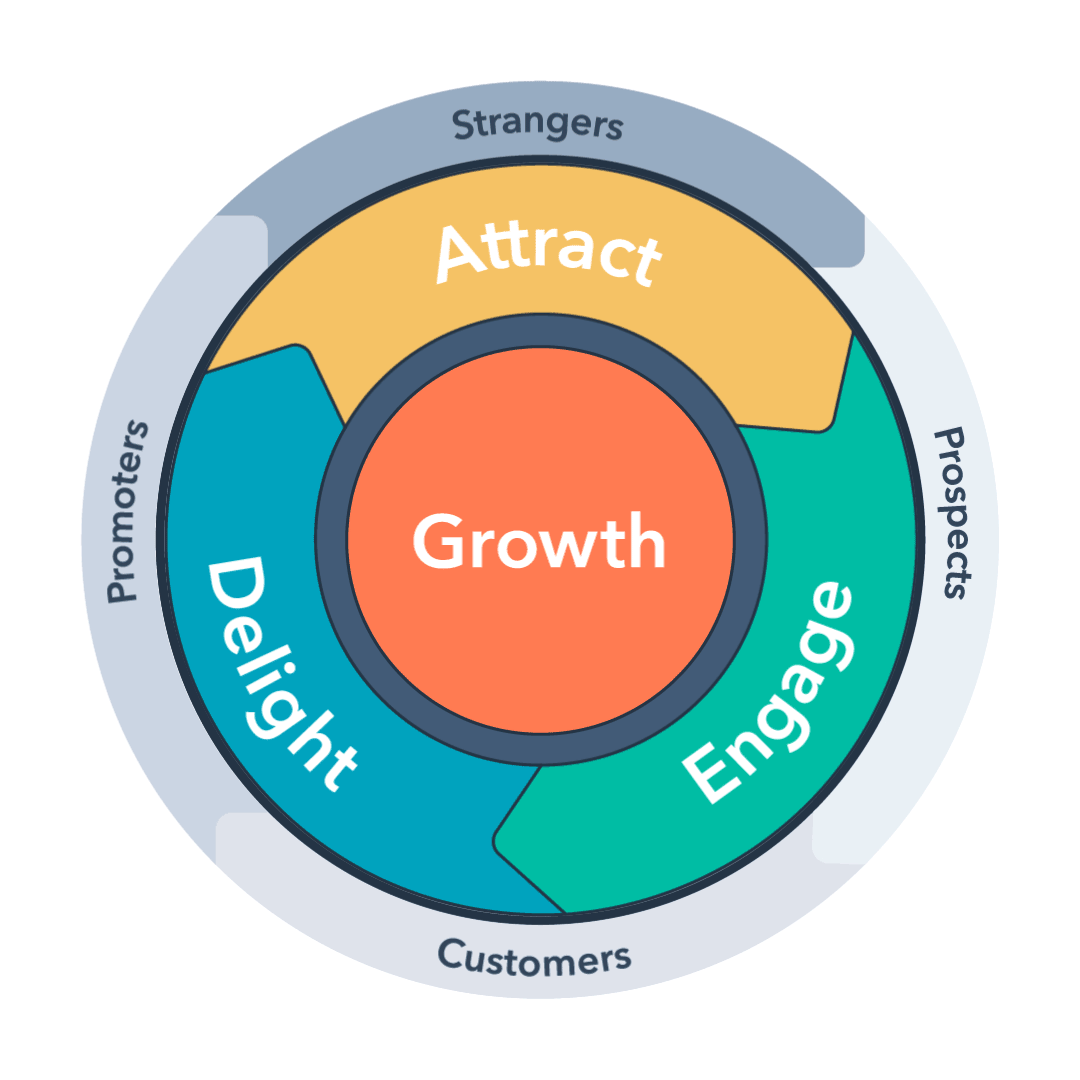Understanding MQLs and SQLs: Clearing the Confusion
MQLs (Marketing Qualified Leads) and SQLs (Sales Qualified Leads) are key terms in marketing and sales. By categorising leads as MQLs or SQLs, we can prioritise efforts and ensure timely communication with prospects.
However, in our experience, there is often confusion about the differences. Let's clear that up.
Marketing and Sales: A Relay Race

Think of Sales and Marketing as relay race runners. The marketing team starts with the MQL baton - a lead that fits your Ideal Customer Profile (ICP) and actively engages with your company. When this MQL is handed over to the sales team, it transitions into an SQL - a lead ready for serious dialogue with your sales team.
MQLs vs SQLs
The main distinction between MQLs and SQLs is the likely intent to purchase. SQLs are typically ready to speak with a salesperson, while MQLs are still exploring. Understanding this difference can streamline your sales journey.
Lead Categorisation
Categorising leads aids in focusing on the most promising leads at the right times. It improves the prospect experience and increases business efficiency. It also allows a better assessment of lead generation and conversion strategies.
Transitioning an MQL to an SQL
Transitioning an MQL into an SQL involves lead scoring, monitoring lead behaviour, and evaluating their likelihood to purchase. You must get input from both sales and marketing regarding what criteria an SQL should meet. We also recommend creating an SLA (Service Level Agreement) between marketing and sales to increase accountability and reduce confusion.
Once you clearly define your definitions, tools like HubSpot can help segment your database based on these categorisations and automate marketing and sales actions differently for each segment.
Do you need help setting up your MQL to SQL process? Contact us for expert guidance in defining your MQL and SQL criteria to improve lead conversion.
-1.png?width=200&height=71&name=Black%20And%20Beige%20Modern%20Simple%20Aesthetic%20Minimalist%20Dialogue%20Agency%20Logo%20(1)-1.png)
 By
By



